It could take a lifetime to visit all of the art museums in Rome. In fact, the Italian capital has hundreds of museums, from those owned by the State, those managed by the city, those still belonging to noble families of Rome, and then of course the Vatican.
The art you can admire in Rome ranges from the Ancient to Contemporary, it’s all about your own tastes and finding the right place for you. To help you pick the best museums on your visit, we’ve asked an art historian to share this guide to the best art museums in Rome.

What kind of art can you see in Rome?
When we look at all Rome has to offer, there is a fine line between when an artifact becomes a work of art and when a historical museum becomes an art museum. In Rome you can of course marvel at ancient Roman sculptures, then peek at medieval mosaics within the many churches, and witness the transformation of art from early Renaissance through late Baroque. But the city is not without plenty of modern and contemporary works as well.
In this guide to the best art museums in Rome, you’ll find a few focusing on ancient art, and a few focused on contemporary, but mainly, you will find a mix of Renaissance and Baroque pieces.
Not all great art is housed in museums; stunning pieces are found throughout Rome’s churches, as well. We’ve included a short list of the pieces not to be missed at the end of this guide.
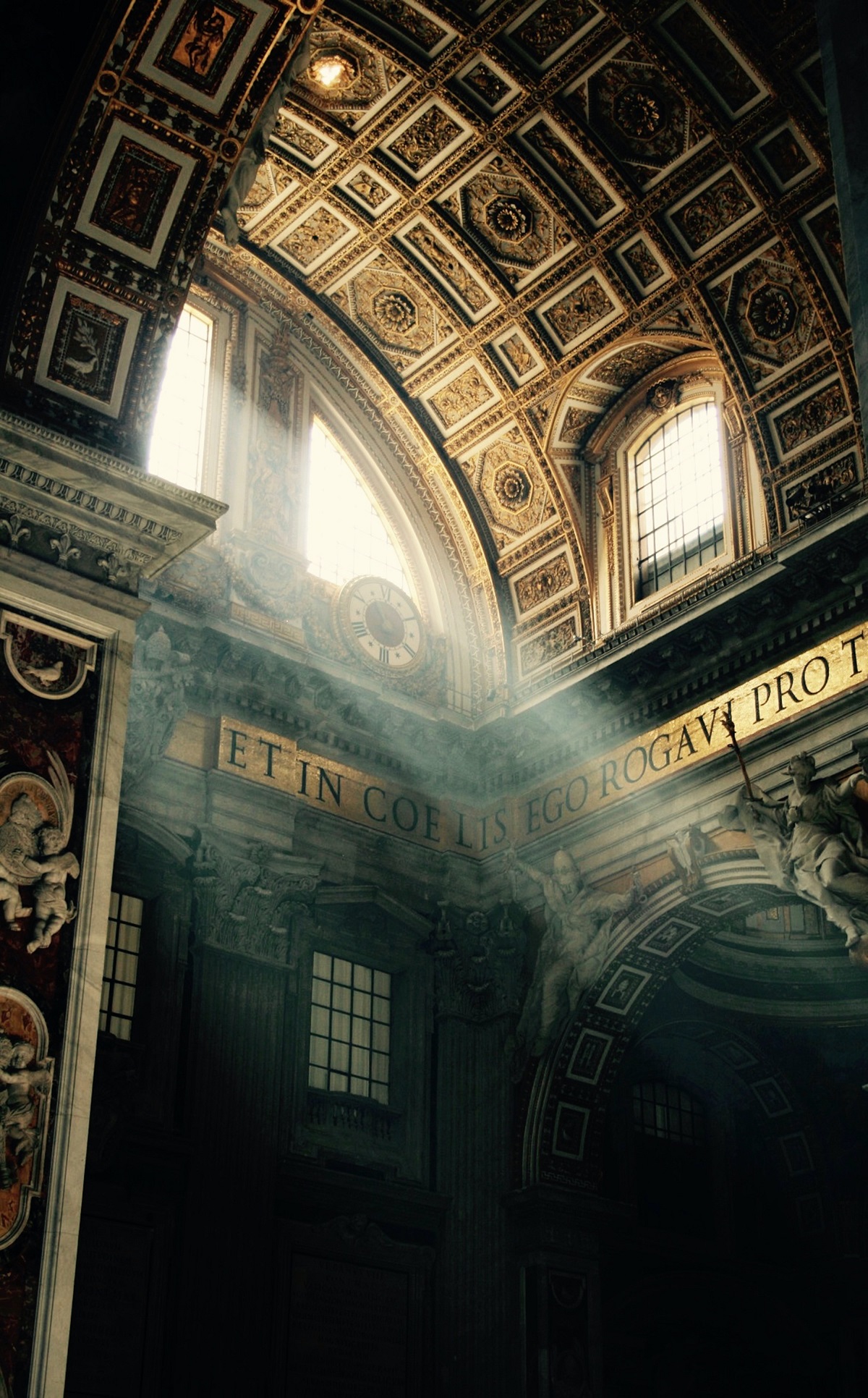
Let’s start exploring art museums in Rome!
Best Art Museums in Rome – The Museums
Capitoline Museums
Starting with a classic, the Capitoline Museums are absolutely worth a visit. You’ll find them located behind the Altare alla Patria, up a series of stairs, framing a beautiful piazza designed by Michelangelo himself.
These are the Civic Museums of Rome and contain many of the original finds from the excavations in Rome. The museum collection first came to be in the late 1400s with a donation of bronze sculptures by Pope Sixtus IV.
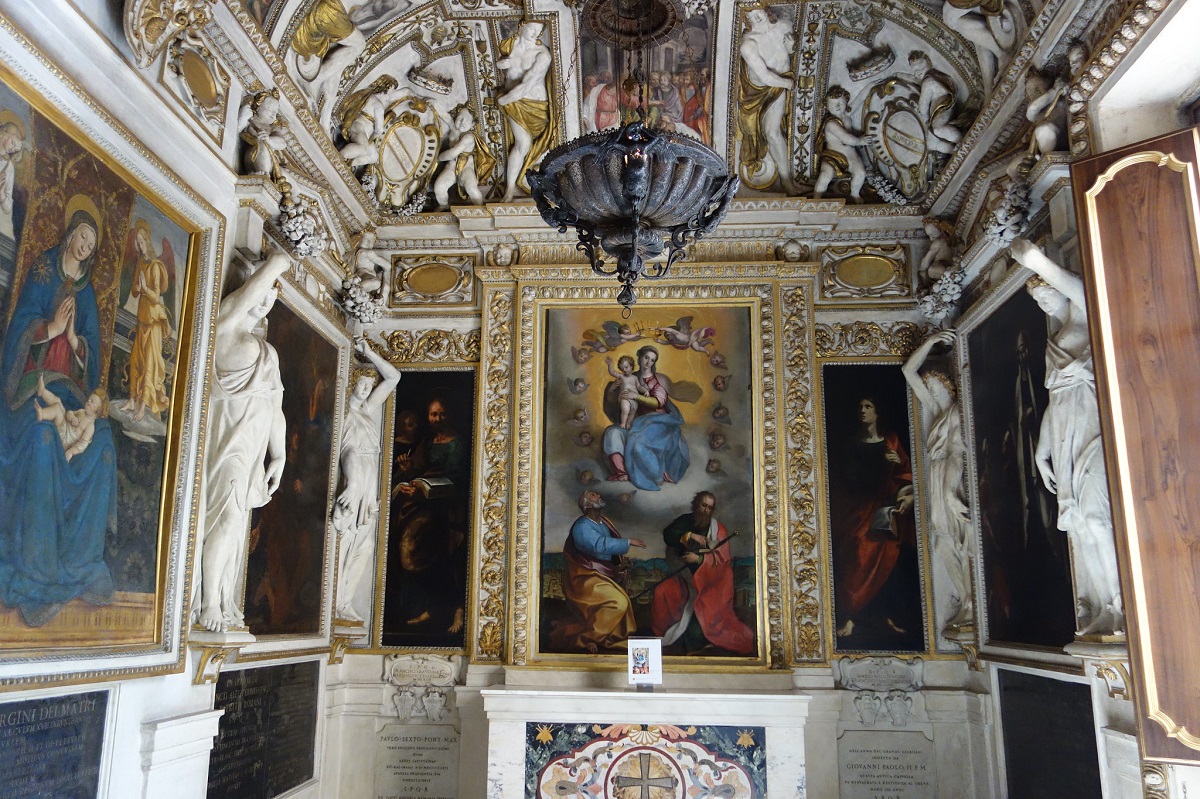
Here you’ll primarily find ancient Roman pieces, with a few medieval and Renaissance works. Ancient highlights include:
- The 5th century BC She-Wolf, one of the most ancient pieces in the collection quickly became the official symbol of Rome.
- The bust of Commodus portrayed as Hercules, a 2nd-century sculpture that is a rare find as many images of Commodus were destroyed following his rule as emperor.
- The famous Equestrian Statue of Marco Aurelio, from 176 AD. An impressive bronze statue, it has remained intact for centuries.
- Then there is a sculpture that is sure to amaze you, The Dying Gaul, from the first or second century. This is an early piece depicts a Roman enemy being defeated. While it is studied for its historical importance, it also is impressive for the emotion portrayed so early in art history.
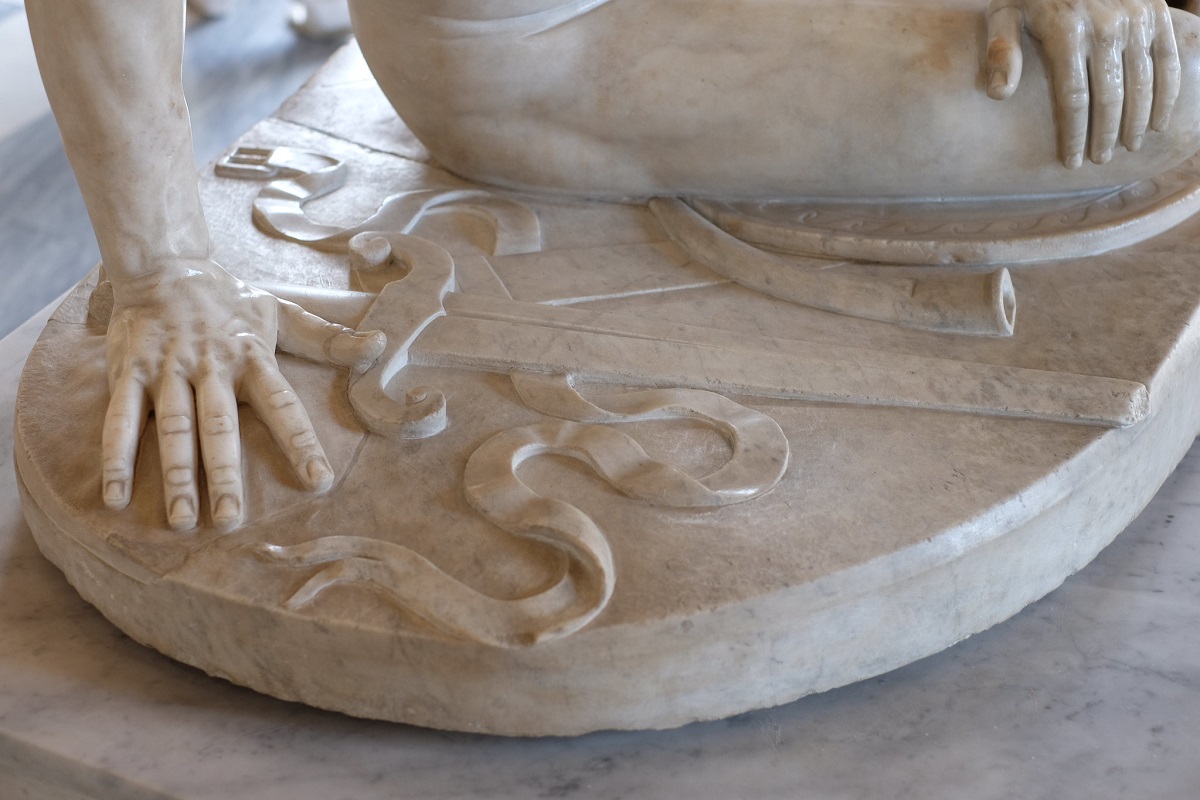
Impressive works from the Renaissance and Baroque periods are primarily sculptures and include works by Bernini. One of Rome’s favorite sculptors, Bernini is most famous for the beautiful fountain in Piazza Navona.
Palazzo Altemps
Love to admire ancient art? This stunning palace from the 15th century houses another collection of Roman sculptures, including many busts of gods and emperors. Here you’ll also find another version of The Dying Gaul, which portrays a Gaul killing himself and his wife to avoid being taken by Roman forces. This piece itself makes Palazzo Altemps worth a visit!
The Vatican Museums
One of the most visited museums in the world, the Vatican Museums has something for every art lover. The collection of the museum spans from ancient Etruscan and Egyptian, even including a series of cuneiform tablets from Mesopotamia, all the way to modern-day religious art.

It is also during this visit you will get to peek into the Sistine Chapel and wonder at Michelangelo’s beloved frescoes.
The Vatican Museums mainly follow a chronological path, taking you from the most ancient collection to the modern. Don’t miss the Sistine Chapel and the gorgeous Raphael Rooms. You can easily speed ahead to see the collections you are most interested in.
However, be sure not to miss the Pinacoteca, the museum’s painting gallery. This is located in such a way that you can either visit it immediately upon entering, or at the very end. We’d recommend seeing it first so you don’t get too tired on the long visit!
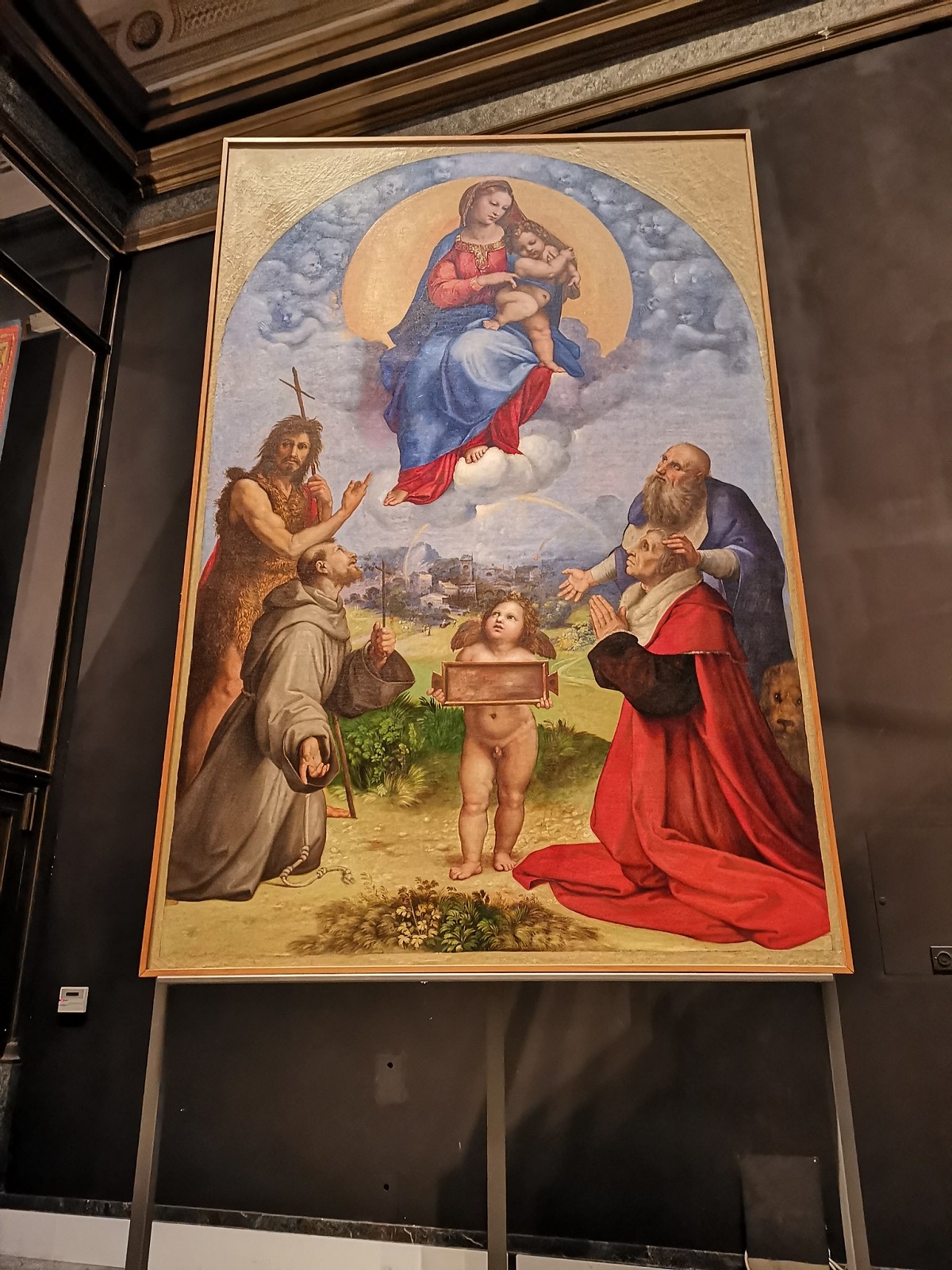
Borghese Gallery
The private collection of the noble Borghese family is found in their Villa, which is surrounded by an enchanting park of the same name – Villa Borghese. The collection was started by Cardinal Scipione Borghese, the nephew of Pope Paul V.
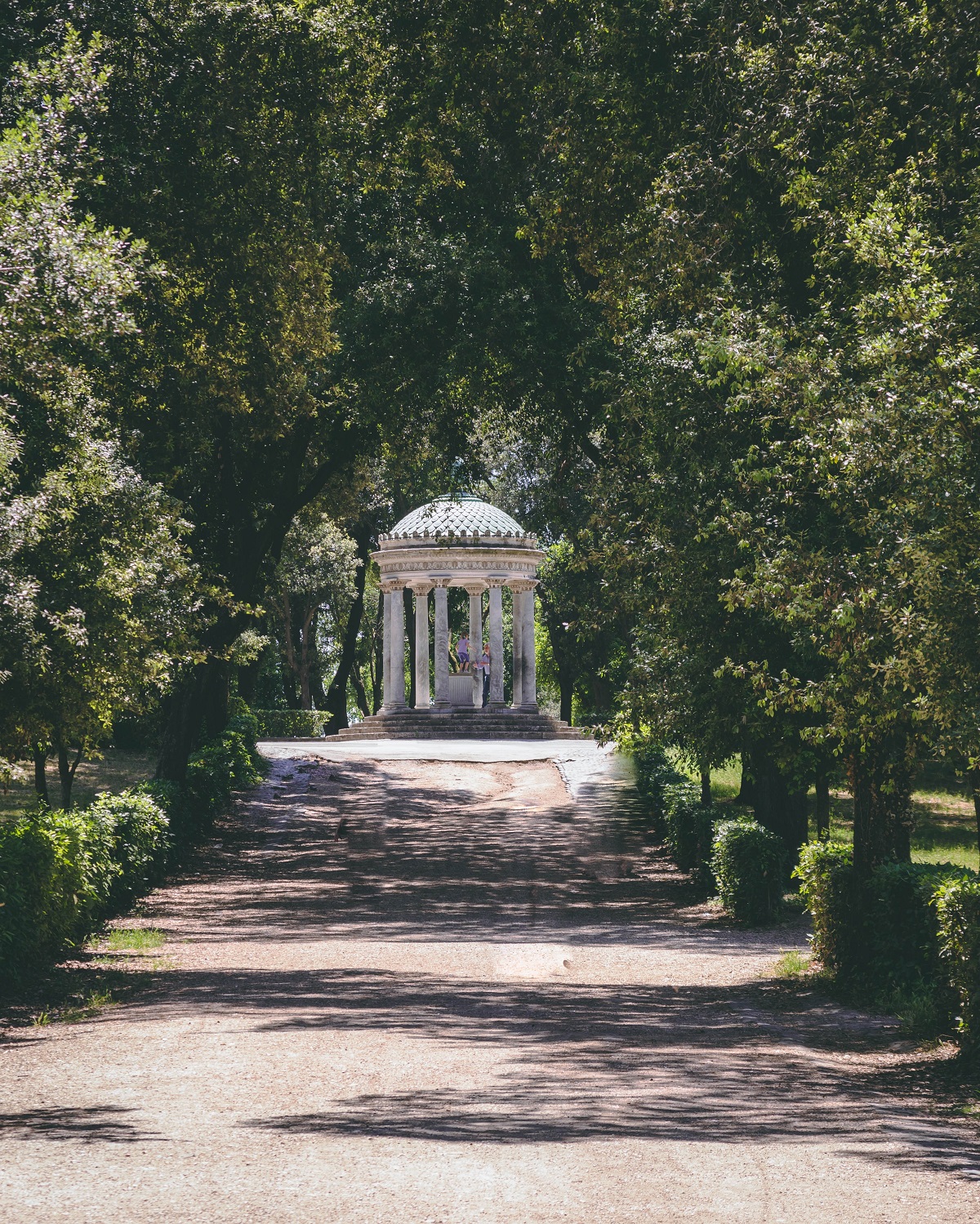
Scipione Borghese was a fan of Italian greats like Bernini, Caravaggio, and Titian, as well as foreign artists like Rubens.
There are so many great works of art in this collection, but if we had to pick ones that absolutely can’t be missed:
- Apollo and Daphne, as well as The Rape of Persephone (Bernini). Both pieces showcase what a master of stone Bernini was. He creates such fine details, including imprints of the soft skin made by a grasp on Persephone’s leg, and the transformation from Daphne’s human form to a tree.
- Madonna, Child, and Serpent (Caravaggio). It is very interesting to see how Caravaggio portrayed religious characters in ground-breaking ways with extreme lighting.
- Sacred and Profane Love (Titian). This is an early example of using background, and caring for all the minor details in a painting.

You’ll find much more in the Borghese Gallery that you should consider taking at least two hours for a quality visit. Just be sure to book your tickets ahead of time!
Doria Pamphili Gallery
The Doria Pamphili Gallery is an often-overlooked gallery in Rome, even though it is located right in the center, just off via del Corso. This private art museum provides a peek into the extensive collection of the Pamphilj family (it’s even located in their house)! The lower galleries are open to the public, while the family continues to live in the apartments above.
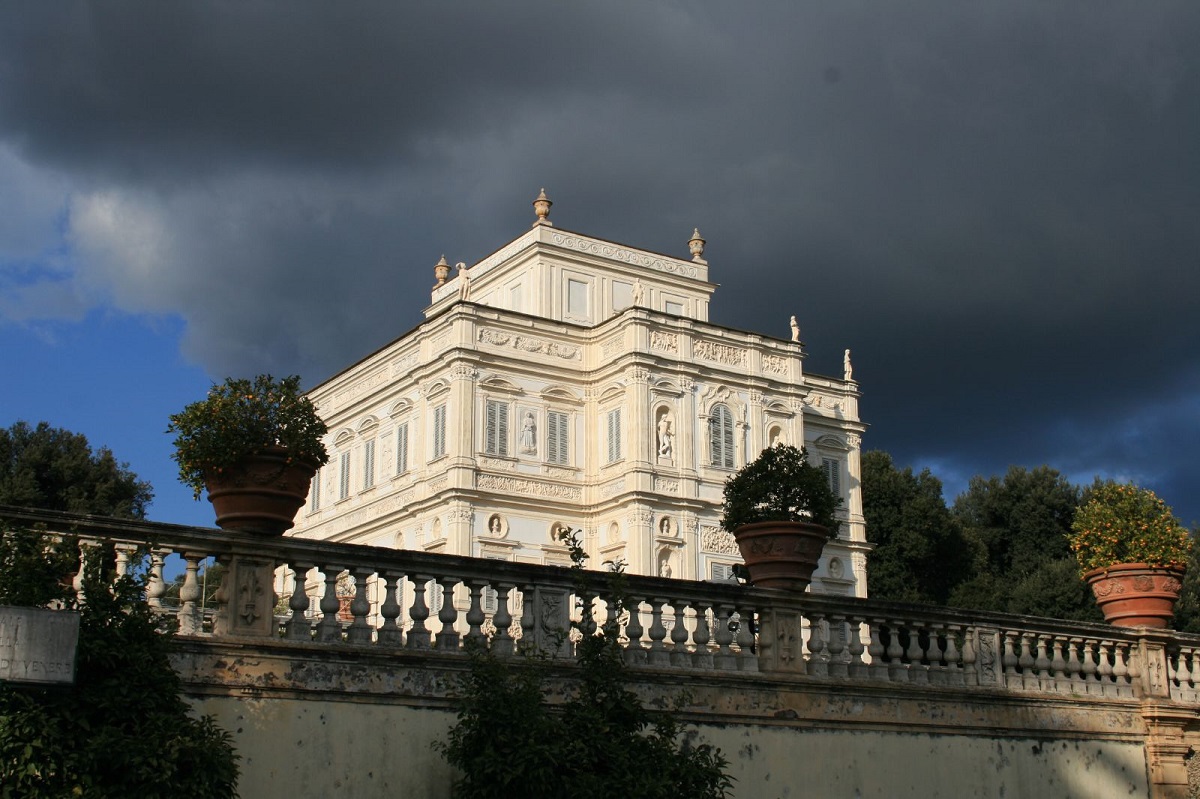
The palace itself dates to the 17th century, while the collection includes art, decor, and furniture from the Renaissance and Baroque periods. It includes works by Caravaggio, Raphael, Titian, Filippo Lippi, Pieter Bruegel the Elder, and many more.
What makes this museum a great place to visit, and different from many other art museums in Rome, is its natural layout. Paintings hang on the wall covering the colored walls from floor to ceiling, surrounded by authentic furniture. Rather than walking into a curated museum, it is truly as if you’ve stepped back in time into a noble palace.
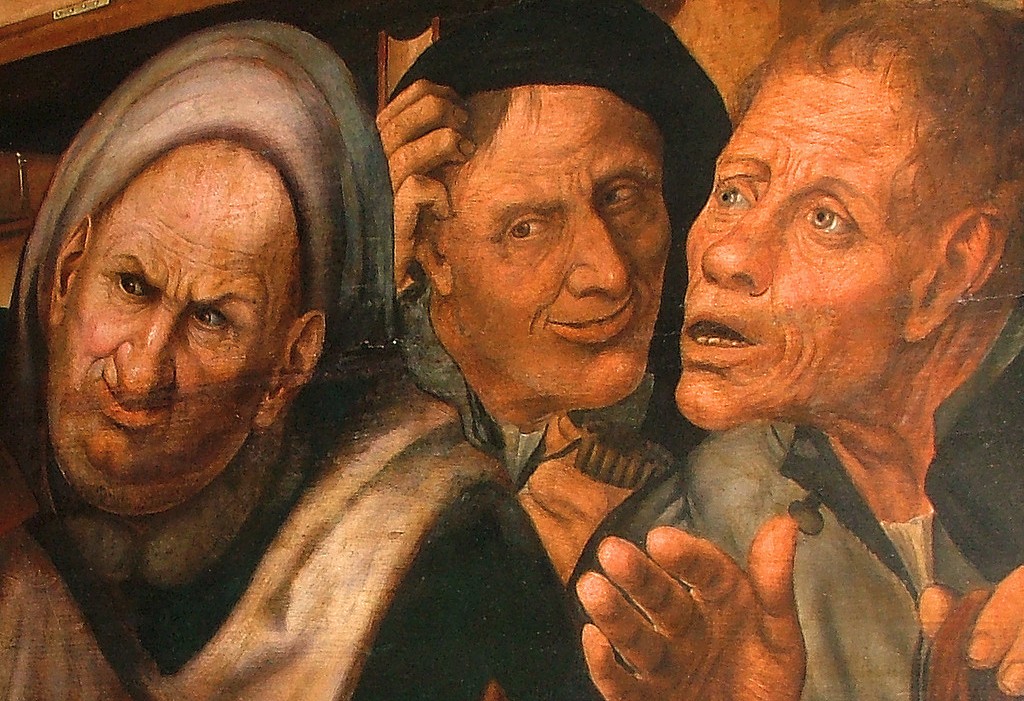
Centrale Montemartini
This is an extension of the Capitoline Museums collection, but from a whole new perspective. What makes Centrale Montemartini so unforgettable is not the collection on its own, but the placement within this historic thermoelectric plant.
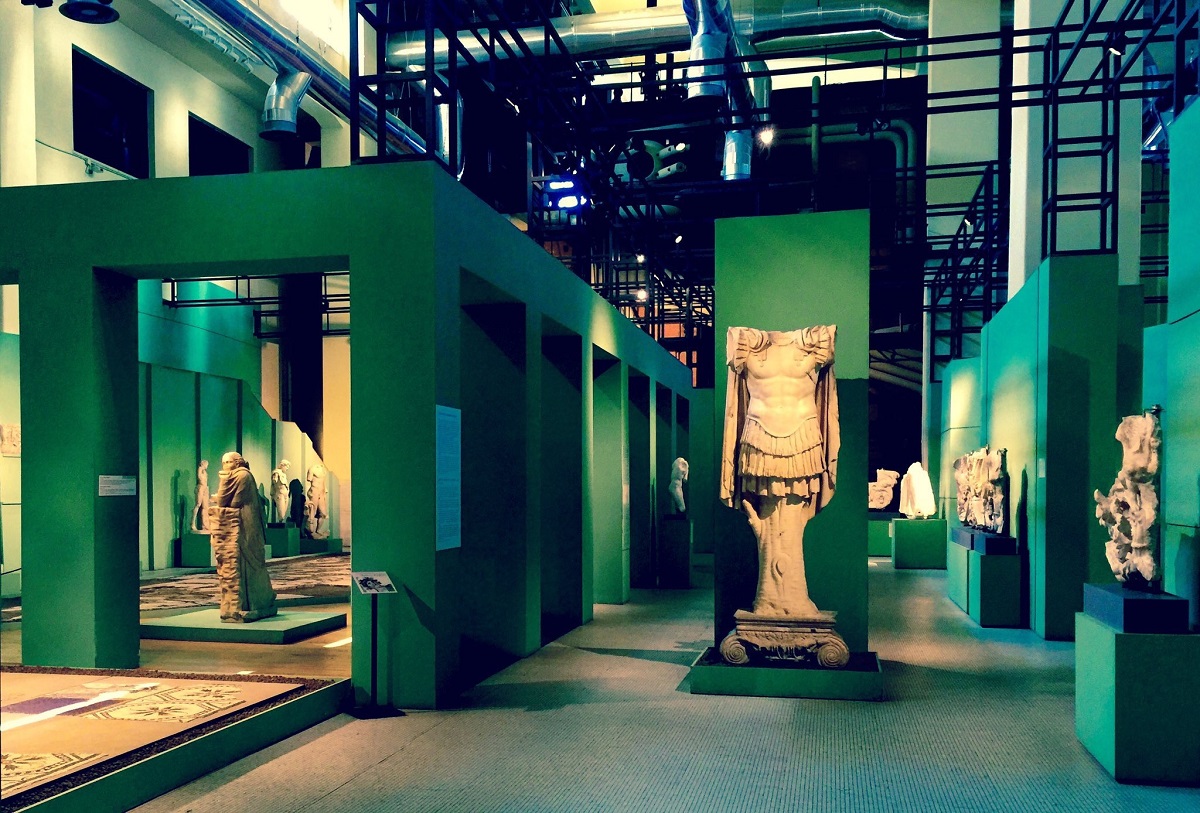
From 1913 to 1963, this plant provided electricity to the Ostiense area of Rome. After it was abandoned, ACEA, Rome’s modern electricity provider, restored it and offered the space to the Capitoline Museums in 1997.
All the original machines are still intact and act as a backdrop contrasting the polished marble of ancient Roman sculptures. Centrale Montemartini brings together the ancient with the industrial, and you won’t find another art museum in Rome like this one.
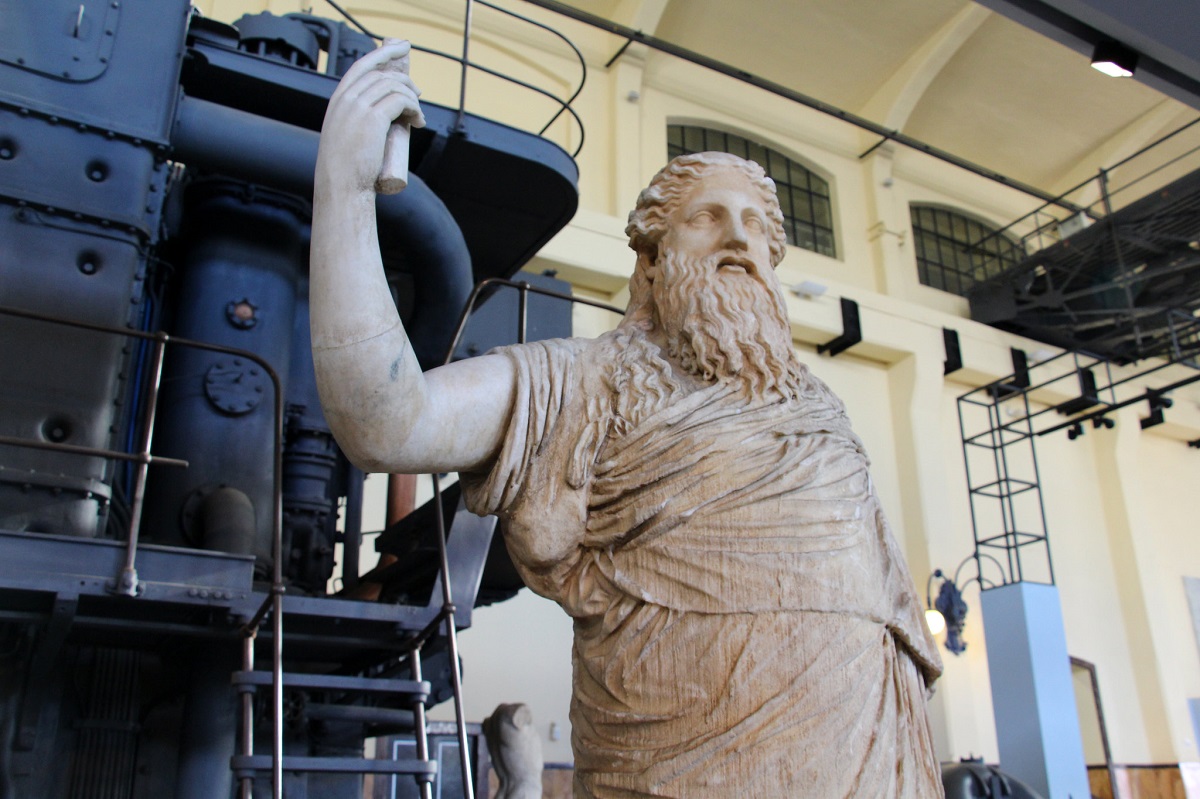
MAXXI
Moving to the contemporary art scene, MAXXI is a must for any contemporary art lover visiting Rome. Their temporary exhibition and pieces on display change often, but they always have something unique and thought-provoking.
The building itself is also often sought out to peek at a great piece of contemporary architecture. It was designed by Zaha Hadid and won the Stirling Prize by the Royal Institute of British Architects in 2010.
Want more info on this contemporary spot? Check out our essential guide to the MAXXI museum!
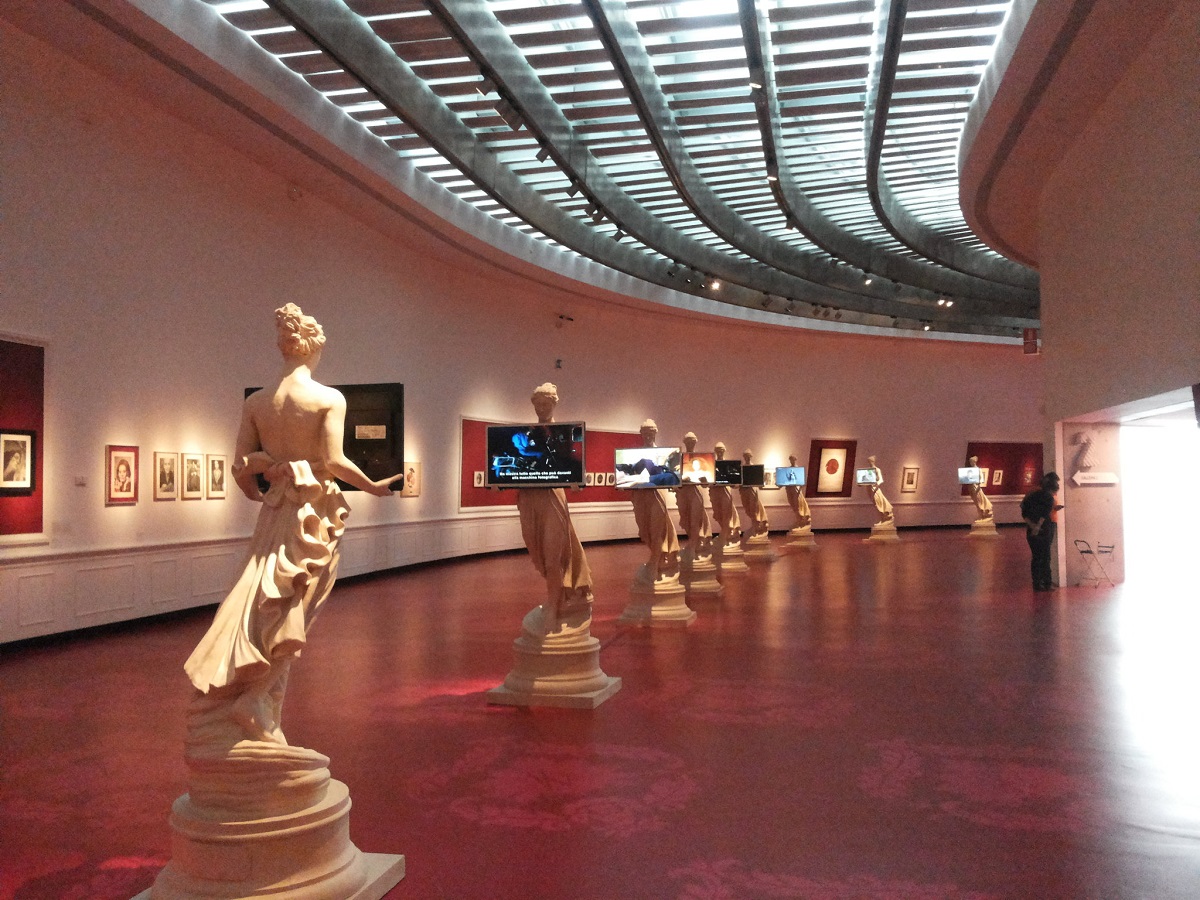
MACRO
MACRO is another contemporary art museum in Rome for those looking to take a break from the ancient and Renaissance works.
The Museo d’arte Contemporanea di Roma (MACRO) actually has two locations to visit. The main one is located in the Salario area, near the Villa Borghese Park, while the second location is located in Testaccio.
The collection began in the 1800s, but the permanent collection found in the Salario location primarily showcases art from the Post-WWII period. Both the Salario and Testaccio locations share temporary exhibitions focused on up-and-coming artists and contemporary topics.
The Testaccio location is especially worth a visit. The museum is located in the city’s historic slaughterhouse, and a Testaccio Market. This unique location opens for many food festivals and events throughout the summer as well, so make sure to include time to explore the neighborhood.

Best Art Museums in Rome – The Churches
As mentioned above, sometimes you don’t need to buy a ticket to witness the best art in Rome, but simply wander into one of the hundreds of stunning churches. Here are a few you definitely shouldn’t miss on your trip to Rome.
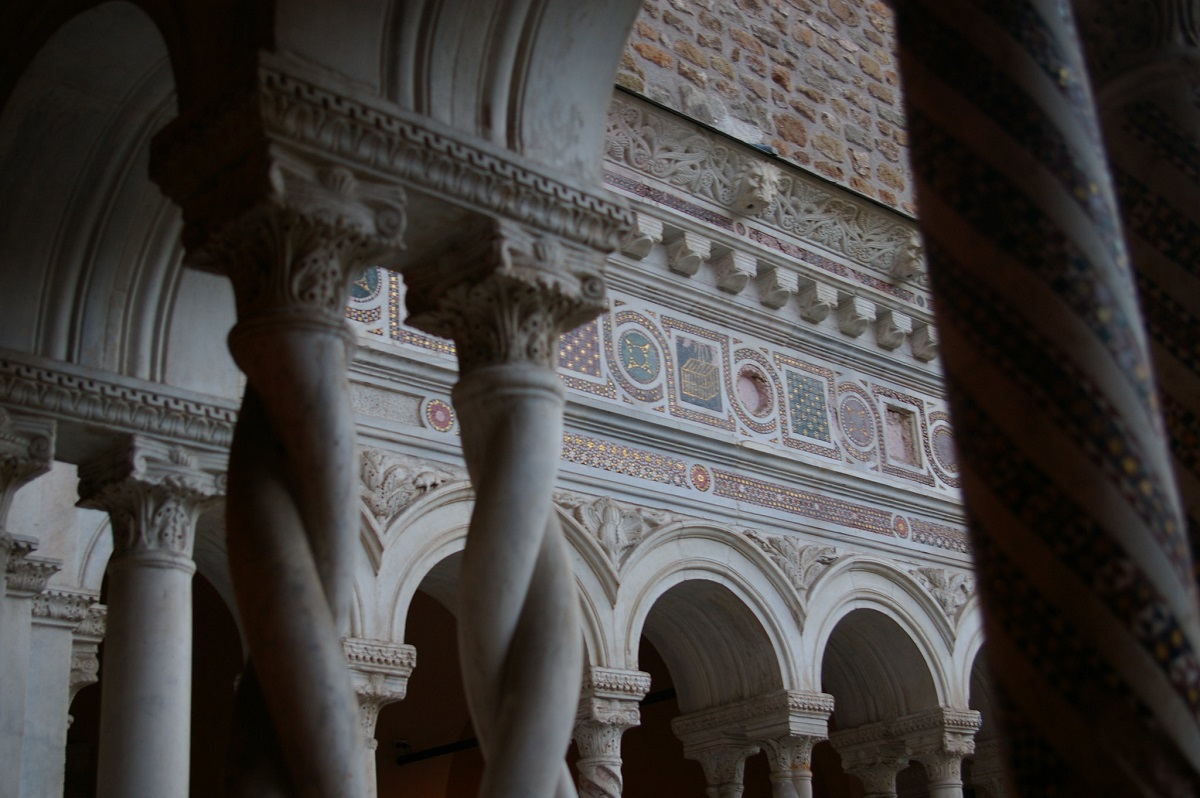
Chiesa San Luigi dei Francesi
Located right around the corner from Piazza Navona, the San Luigi dei Francesi church is where one of Caravaggio’s masterpieces can be found. In the back left chapel, you will find his series on Saint Matthew. These stunning pieces can be enjoyed right where they were meant to be viewed.

Chiesa del Gesù
You’ll stumble upon the Chiesa del Gesù on the walk from Largo Argentina to Piazza Venezia. As soon as you enter, look up. This incredible ceiling is painted to give a three-dimensional impression. It truly makes the visitor feel as if the heavens are tumbling open.
It’s hard to distinguish where the painting begins and ends, fading into the sculpted walls. What makes this work even more incredible is that it dates all the way back to the 16th century!
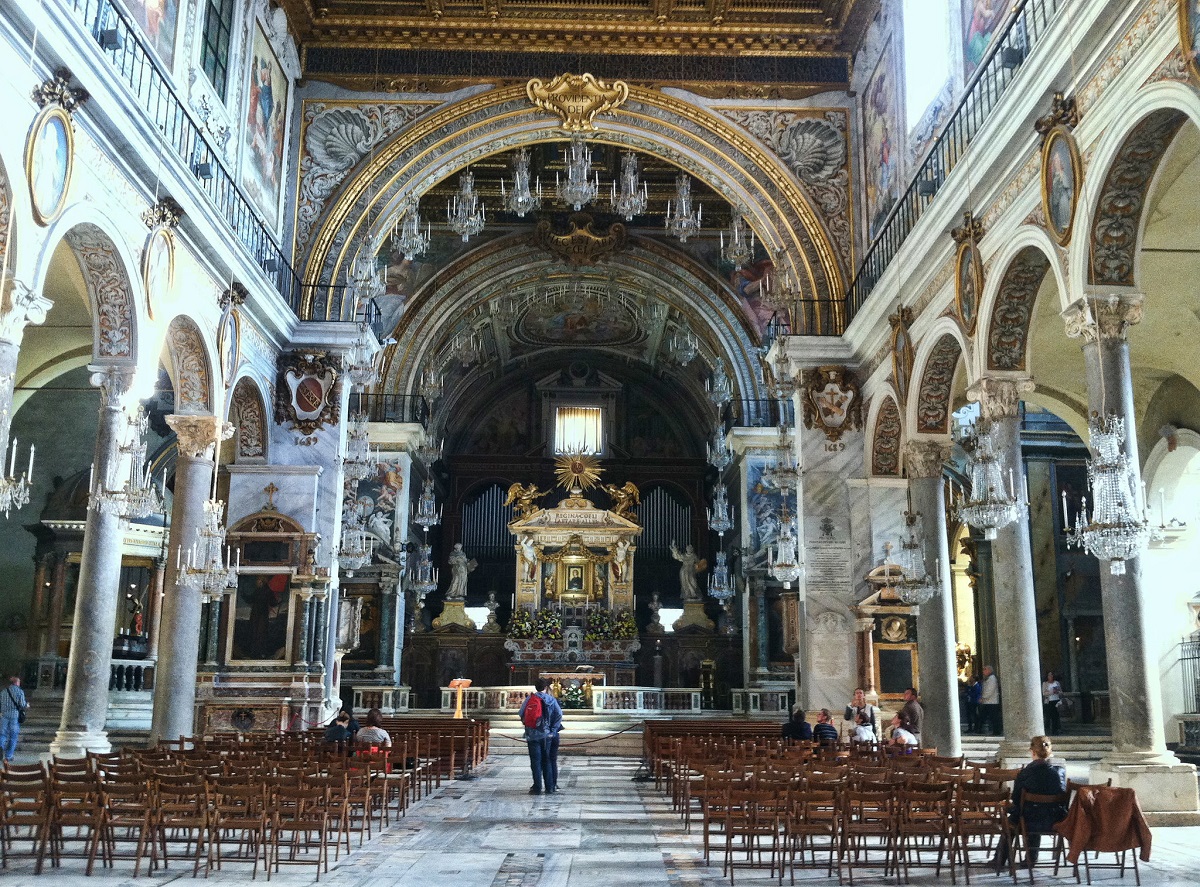
Santa Maria Maggiore
Near the Termini train station, the Santa Maria Maggiore Basilica is one of the seven pilgrim churches of Rome. Its foundations date back to the 5th century, but most of what you see today is Byzantine mosaic and 17th-century architecture. It’s an impressive basilica that may be overlooked, but definitely worth a few for the gorgeous mosaic work inside.

Santa Maria in Trastevere
Santa Maria in Trastevere, another ancient basilica with fascinating mosaics, was first founded in the 2nd century. While it has gone through many changes, it has always kept a little decoration from each era.
This is most easily viewed from the outside, where you can see ancient graffiti and tombstones, byzantine mosaics, medieval towers, and an 18th-century final façade. Inside, you can witness even more beautiful mosaic pieces.
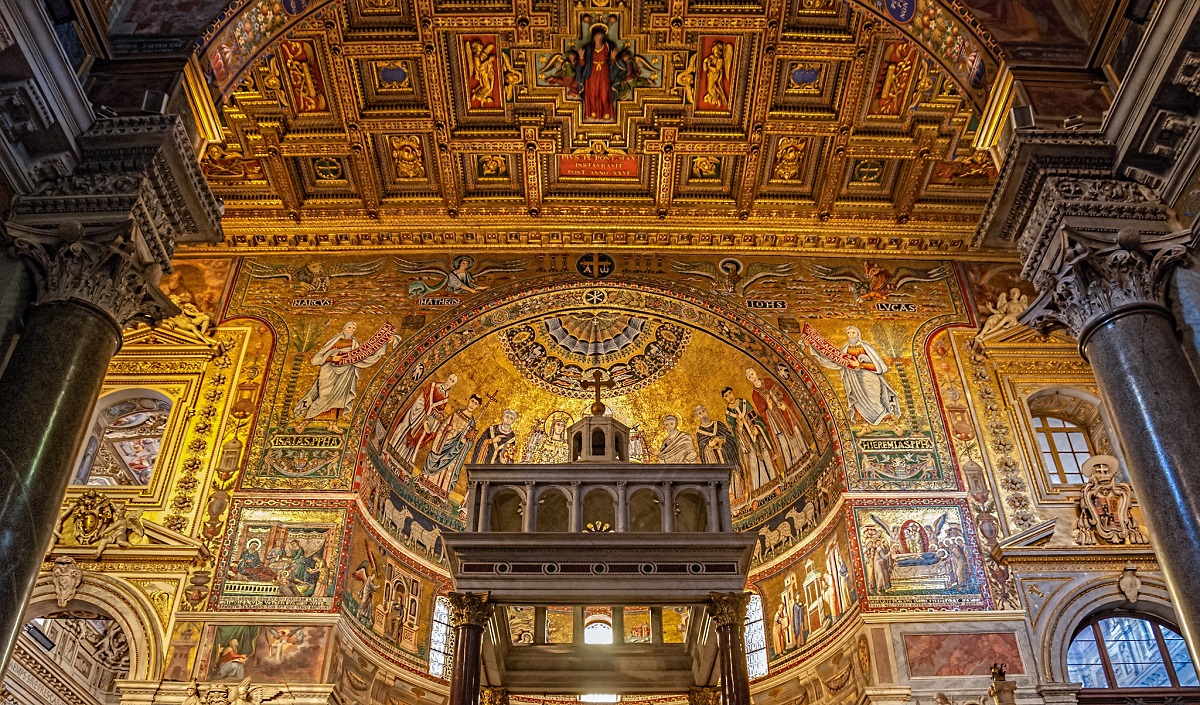
San Giovanni in Laterano
Another one of the Rome’s seven pilgrim churches, the Basilica of San Giovanni in Laterano is only a short walk from the Colosseum. However, this beautiful church is just enough off the normal path it is often overlooked.
While no individual work of art stands out, the complex is impressive in both size and in decoration. With doors taken from the Roman Forum, colorful mosaic tiling, larger-than-life statues depicting saints, and many more elements, this church is as wonderous as Saint Peter’s Basilica.

Curious to discover more about Rome? Check out the engaging tours offered at our sister company, Walks!

An Italy local for nearly 10 years, Evelyn has traveled to nearly every region getting overly excited about cute doors and nonni cafes. She’s an archaeology and art history major who fell in love with Italian wine, getting her Sommelier and Italian Wine Scholar certifications. She’s transformed her passion for La Bel Paese into a travel planning and relocation consultancy with Colline Alle Montagne. You’ll find her on Instagram @collinemontagne, always sipping a glass of wine and sharing the authentic life in Italy.